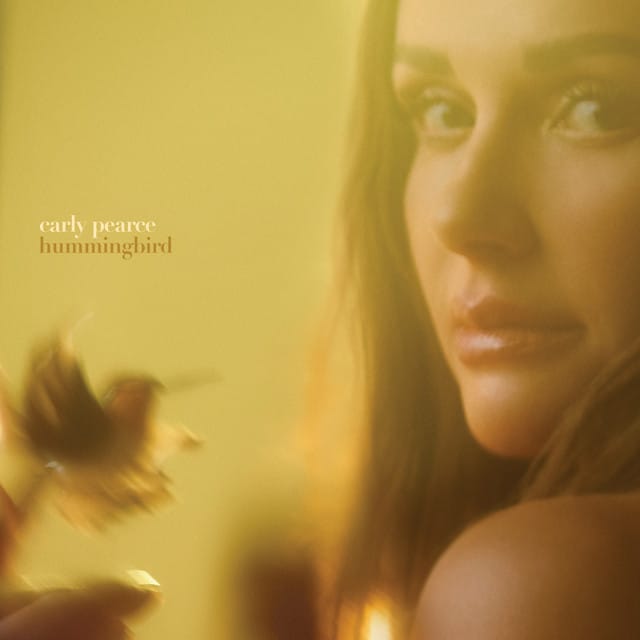Released: 2024
Carly Pearce’s “hummingbird” is an evocative journey through the complexities of love, loss, and the relentless passage of time, framed by the unstoppable forces of nature. It’s a poignant exploration of the heart’s resilience, set against the backdrop of the natural world’s unwavering continuation amidst personal turmoil. At its core, “hummingbird” is a lyrical confession of someone who detests goodbyes, akin to nature’s transient beauty represented by the hummingbird.
The opening verse plunges us into the depths of memory and time, likening the wind to a restless memory that looms in the darkness of the night, waiting for a moment of vulnerability. Pearce personifies the wind, highlighting its indifference to human conditions—whether asleep or intoxicated—and its intimate knowledge of the secrets one keeps. This introduction sets a tone of inevitable confrontation with one’s inner truths, regardless of the physical space they find themselves in when the morning comes.
In the chorus, Pearce employs a series of natural metaphors to express the resilience and independence of the heart amidst the aftermath of a relationship. The relentless rain that doesn’t lead a river back to a past lover’s door, the train that doesn’t halt just because its usual path grows tiresome, and the sun that refuses to scorch the sky merely because the moon is absent, all mirror the resolve of the heart to move forward. The hummingbird, with its aversion to goodbyes, serves as a metaphor for the narrator’s own heart, fluttering on despite the pain of parting.
The second verse delves deeper into the heart’s complexities, its stubbornness in love and its inability to recognize its own cessation. Pearce suggests that no rational calculation can predict the heart’s capacity for love, emphasizing its innate nature to keep us ensnared in a web of emotions, even against our better judgement.
The bridge brings an existential pondering into the mix, questioning the purpose behind nature’s actions, from the leaves’ fall to the permanence of trees. This mirrors the song’s own genesis—an expression without a clear inception point, driven purely by emotion. This section reinforces the theme of natural occurrences as metaphors for human experiences, particularly the inexplicable nature of love and loss.
By weaving together vivid imagery from the natural world with the tender, sometimes tumultuous experiences of the human heart, “hummingbird” by Carly Pearce brings to the forefront the universal struggle with goodbyes, the pain of letting go, and the enduring hope for renewal. It’s a song that resonates deeply, not just with those who have loved and lost, but with anyone who’s ever found themselves caught between the desire to hold on and the necessity to fly free.






